World News
Russia takes a dangerous turn in its war on Ukraine on July 29, 2023 at 9:30 pm
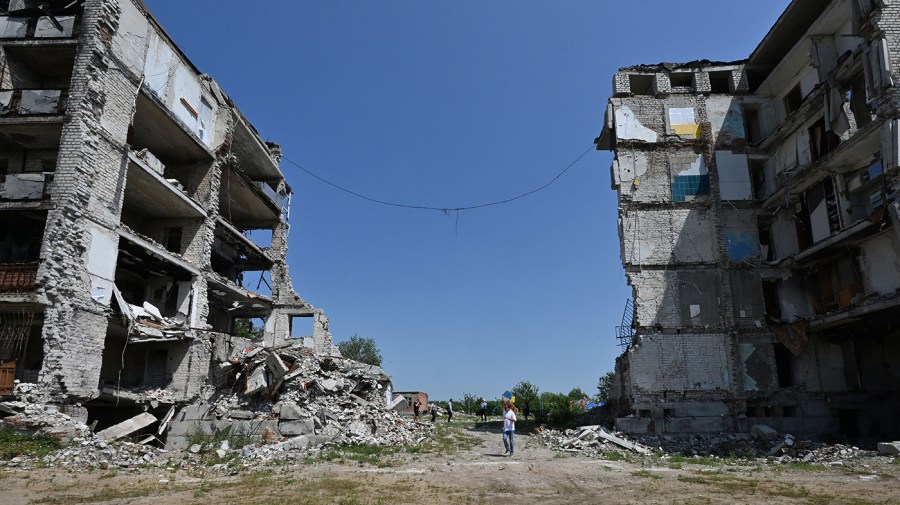
Russia has entered a dangerous new phase of its war against Ukraine since it exited the Black Sea grain deal earlier this month, weaponizing global food exports, stepping up attacks on Ukrainian ports and cities and increasing the risk of spillover into NATO countries.
Russia’s escalation is unlikely to deter the U.S. and allies from following through on delivering F-16 fighter jets and long-range missiles to Ukraine in the coming months, which Moscow has repeatedly warned against.
But it comes as Ukraine is struggling to make major gains in its grinding counteroffensive, and Russia’s strategy appears aimed at straining U.S. and European partners who have provided billions in assistance to Ukraine over the course of 16 months.
“Certainly, it’s an escalation,” said Thomas Graham, a distinguished fellow with the Council on Foreign Relations and who served as a senior director for Russia on the National Security Council under former President George W. Bush.
“Russia, I think, is clearly making an effort to continue to deepen the damage to the Ukrainian economy,” he added. “It has implications for Ukraine’s ability to continue the war effort, it raises concerns about attacks on NATO territory … so it’s a reason to be concerned.”
Since pulling out of the Black Sea grain deal July 17, Russian President Vladimir Putin has targeted attacks on Ukraine’s southern city of Odesa, damaging the seaport and grain storage facilities and hitting residential and historical buildings, including an Orthodox cathedral.
The grain deal, negotiated by the United Nations and Turkey, allowed for the export of Ukrainian grain through a Russian blockade on the Black Sea, clearing the way for 33 million metric tons of foodstuffs to move across the world, largely to developing countries, since it took effect in July 2022.
But now, Putin is warning he views commercial ships in the Black Sea as legitimate military targets. The U.S. and the United Kingdom are warning Russia is plotting “false flag operations,” covertly mining the sea with the purpose of blaming Ukraine for any explosions.
NATO and member countries bordering Ukraine are on high alert.
“Russia bears full responsibility for its dangerous and escalatory actions in the Black Sea region,” NATO Secretary-General Jens Stoltenberg said Wednesday during a meeting of the NATO-Ukraine Council.
“Russia’s actions also pose substantial risks to the stability of the Black Sea region, which is of strategic importance to NATO,” he added. “Allies are stepping up support to Ukraine and increasing our vigilance. We remain ready to defend every inch of Allied territory from any aggression.”
Romanian President Klaus Iohannis on Monday condemned a Russian attack on a civilian port on the Danube River in Ukraine near his country, tweeting that the “escalation pose[s] serious risks to the security in the Black Sea.”
And Putin last week delivered a threat to NATO member Poland, accusing Warsaw of having designs on Belarus and saying an attack against Minsk would trigger a response from Moscow.
Poland is dispatching an additional 1,000 troops to its borders with Belarus, concerned over Wagner mercenary forces exiled to the country after retreating from a short-lived rebellion against Moscow in June.
Mary Beth Long, who served as assistant secretary of Defense during the George W. Bush administration, said Russia is seeking to maximize pressure on Kyiv and its allies in the lead-up to a slowdown of military operations by the winter.
“You can’t escalate your way in or out of this, I think both sides know that. But there’s more consequences to Ukraine because Russia is bigger, Russia is willing to strike civilians and its infrastructure, and it has shown that it can successfully do so,” she said.
“There’s no real consequences to Russia, from Ukraine or NATO, there’s no penalty to be paid for that, so that clears the way for him [Putin] to continue to not only strike against critical infrastructure and these nodes but to expand it.”
Long warned that Russia views the month of August as the best opportunity to inflict the most damage without a coherent response from the West, as American lawmakers are absent from Capitol Hill, European capitals are similarly quiet and NATO has no major meetings.
“I think Russia’s made the assessment that it has freedom of movement, in the next couple of months in particular,” she said. “It is doing everything it can to set the playing field before winter and it will continue to do so.”
While Russia is ramping up military tensions in the Black Sea, experts said its withdrawal from the grain deal is focused on the economic realm: sanctions relief and increasing trade.
“Russia really wants to make a deal,” said Mark Cancian, a senior adviser with the International Security Program of the Center for Security and International Security (CSIS).
“The difficult trade-offs for the U.S. and the West are not going to be the military equipment ones, but the ones about economics and sanctions. Are we willing to ease those restrictions in the interests of opening up grain shipments?” he asked.
Putin has long criticized the deal as failing to meet his demands for the export of Russian grains and fertilizer and has given little to no signal that he’s open to rejoining the agreement.
During a meeting with African leaders in St. Petersburg on Thursday, the Russian president committed to delivering nearly 300,000 tons of grain to six African countries “free of charge.”
The Russian president is also calling for sanctions relief on Russia’s agricultural bank, Rosselkhozbank, wanting it reconnected to the SWIFT international payment network.
Absent Moscow’s cooperation, the options for shipping grain out of Ukraine are not attractive.
While Ukraine is shipping grain and foodstuffs by rail and road, that amount is hundreds of thousands of tons less than can be moved through the Black Sea.
The U.K. Ministry of Defense tweeted Wednesday that Russia’s Black Sea Fleet is altering its position in preparation to enforce a blockade against Ukraine, warning the “potential for the intensity and scope of violence in the area to increase.”
Still, Cancian from the CSIS was optimistic that a solution surrounding grain exports from Ukraine would be reached in a relatively short time frame.
“They’re likely to make a deal in a week or so,” he said. “This is, I think, unlikely to sort of linger for weeks or months.”
Russia has entered a dangerous new phase of its war against Ukraine since it exited the Black Sea grain deal earlier this month, weaponizing global food exports, stepping up attacks on Ukrainian ports and cities and increasing the risk of spillover into NATO countries. Russia’s escalation is unlikely to deter the U.S. and allies from…
News
US May Completely Cut Income Tax Due to Tariff Revenue

President Donald Trump says the United States might one day get rid of federal income tax because of money the government collects from tariffs on imported goods. Tariffs are extra taxes the U.S. puts on products that come from other countries.
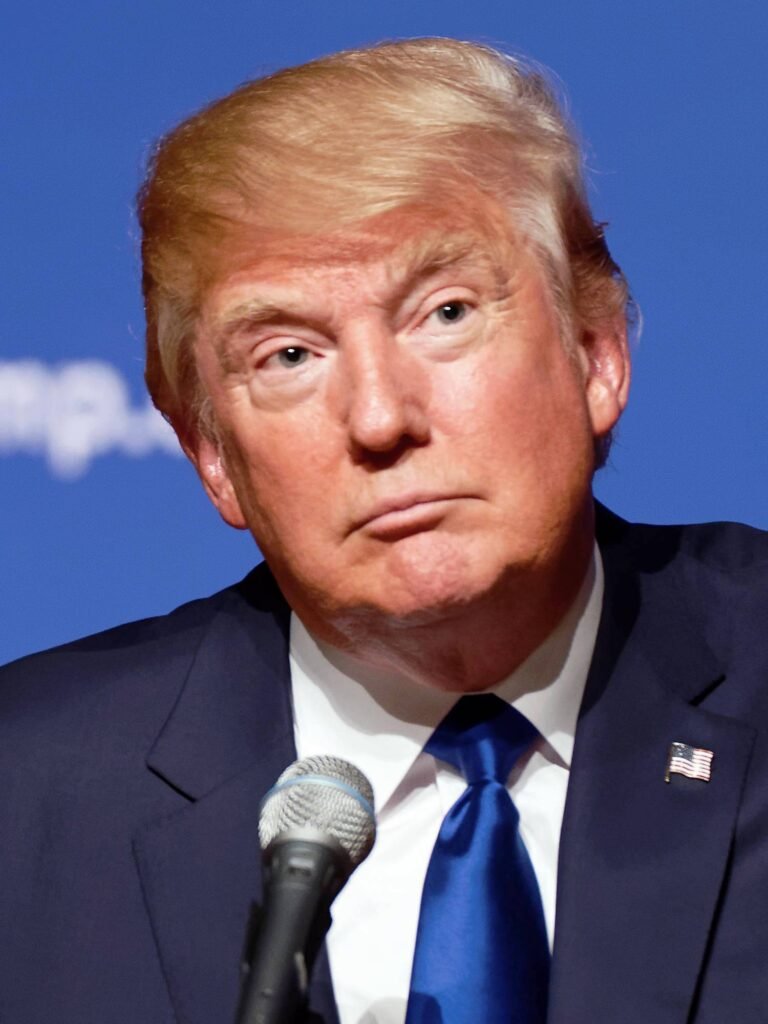
What Trump Is Saying
Trump has said that tariff money could become so large that it might allow the government to cut income taxes “almost completely.” He has also talked about possibly phasing out income tax over the next few years if tariff money keeps going up.
How Taxes Work Now
Right now, the federal government gets much more money from income taxes than from tariffs. Income taxes bring in trillions of dollars each year, while tariffs bring in only a small part of that total. Because of this gap, experts say tariffs would need to grow by many times to replace income tax money.
Questions From Experts
Many economists and tax experts doubt that tariffs alone could pay for the whole federal budget. They warn that very high tariffs could make many imported goods more expensive for shoppers in the United States. This could hit lower- and middle‑income families hardest, because they spend a big share of their money on everyday items.
What Congress Must Do
The president can change some tariffs, but only Congress can change or end the federal income tax. That means any real plan to remove income tax would need new laws passed by both the House of Representatives and the Senate. So far, there is no detailed law or full budget plan on this idea.
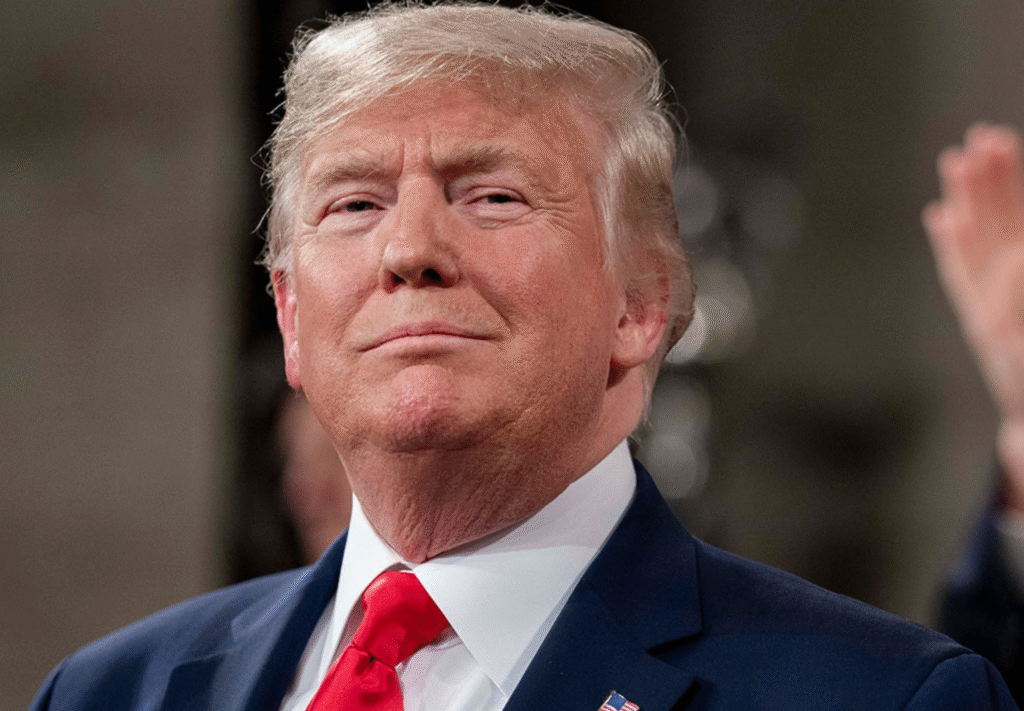
What It Means Right Now
For now, Trump’s comments are a proposal, not a change in the law. People and businesses still have to pay federal income tax under the current rules. The debate over using tariffs instead of income taxes is likely to continue among lawmakers, experts, and voters.
News
Epstein Files to Be Declassified After Trump Order
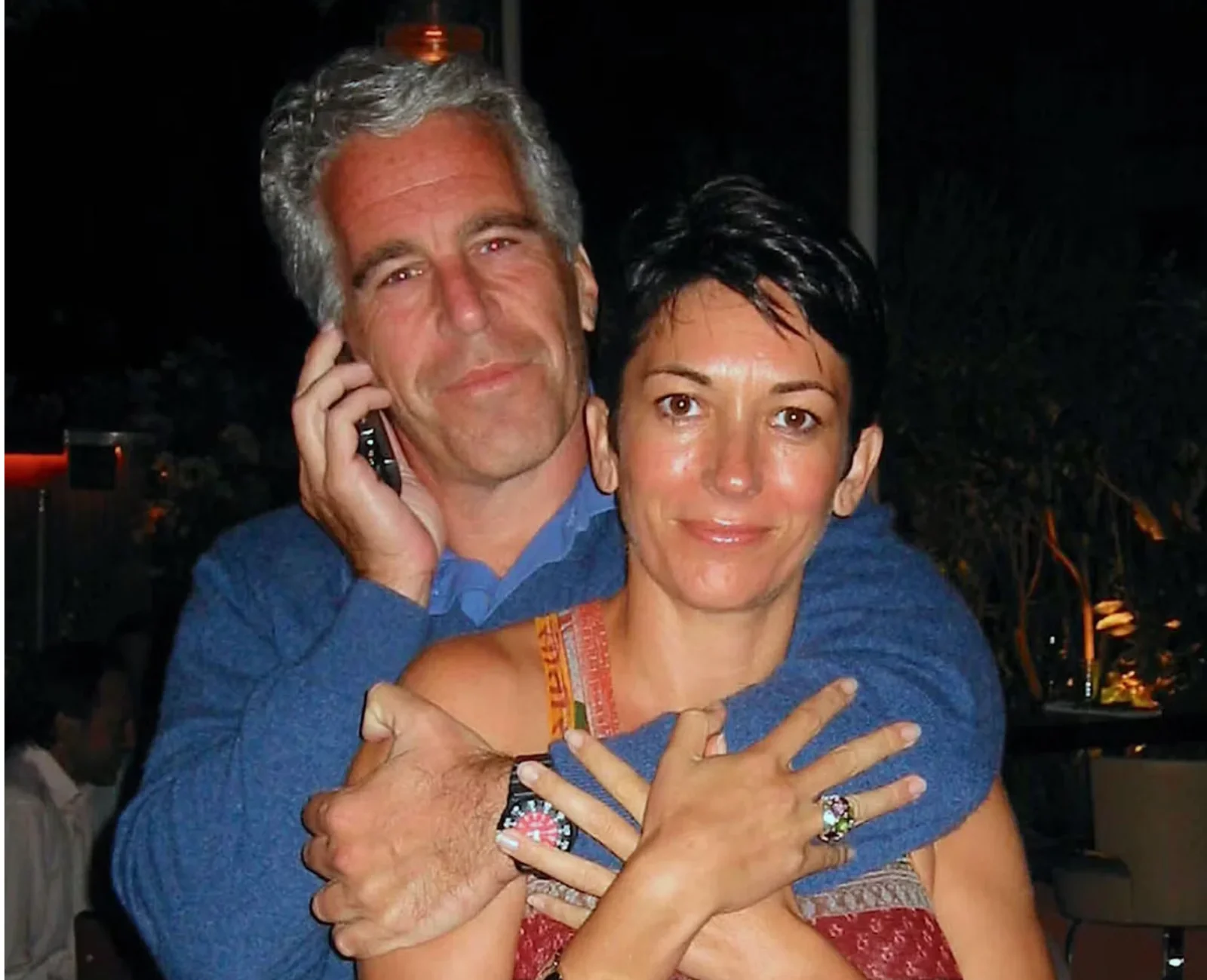
Former President Donald Trump has signed an executive order directing federal agencies to declassify all government files related to Jeffrey Epstein, the disgraced financier whose death in 2019 continues to fuel controversy and speculation.
The order, signed Wednesday at Trump’s Mar-a-Lago estate, instructs the FBI, Department of Justice, and intelligence agencies to release documents detailing Epstein’s network, finances, and alleged connections to high-profile figures. Trump described the move as “a step toward transparency and public trust,” promising that no names would be shielded from scrutiny.
“This information belongs to the American people,” Trump said in a televised statement. “For too long, powerful interests have tried to bury the truth. That ends now.”
U.S. intelligence officials confirmed that preparations for the release are already underway. According to sources familiar with the process, the first batch of documents is expected to be made public within the next 30 days, with additional releases scheduled over several months.
Reactions poured in across the political spectrum. Supporters praised the decision as a bold act of accountability, while critics alleged it was politically motivated, timed to draw attention during a volatile election season. Civil rights advocates, meanwhile, emphasized caution, warning that some records could expose private victims or ongoing legal matters.
The Epstein case, which implicated figures in politics, business, and entertainment, remains one of the most talked-about scandals of the past decade. Epstein’s connections to influential individuals—including politicians, royals, and executives—have long sparked speculation about the extent of his operations and who may have been involved.
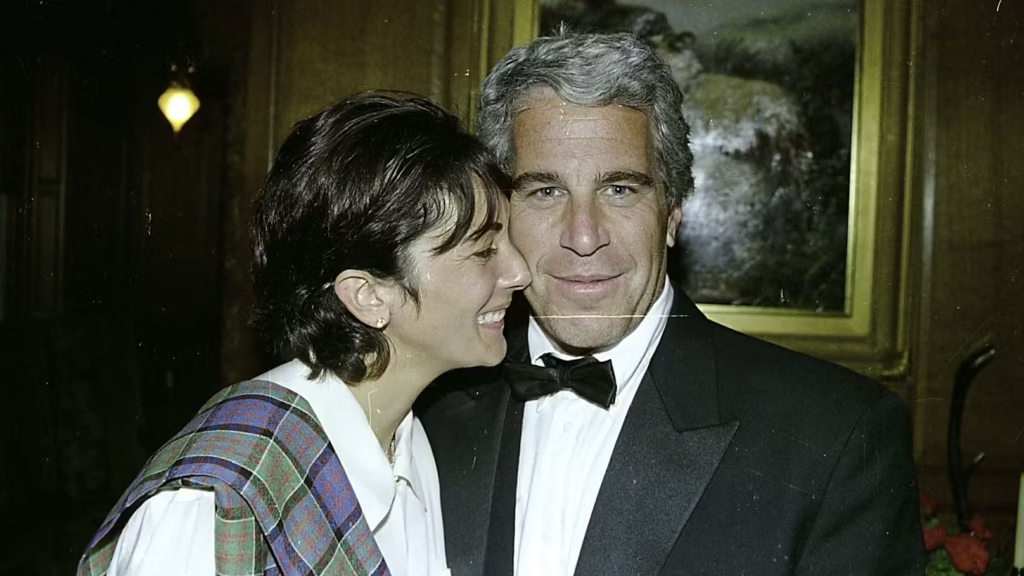
Former federal prosecutor Lauren Fields said the release could mark a turning point in public discourse surrounding government transparency. “Regardless of political stance, this declassification has the potential to reshape how Americans view power and accountability,” Fields noted.
Officials say redactions may still occur to protect sensitive intelligence or personal information, but the intent is a near-complete disclosure. For years, critics of the government’s handling of Epstein’s case have accused agencies of concealing evidence or shielding elites from exposure. Trump’s order promises to change that narrative.
As anticipation builds, journalists, legal analysts, and online commentators are preparing for what could be one of the most consequential information releases in recent history.
Politics
Netanyahu’s UN Speech Triggers Diplomatic Walkouts and Mass Protests

What Happened at the United Nations
On Friday, Israeli Prime Minister Benjamin Netanyahu addressed the United Nations General Assembly in New York City, defending Israel’s ongoing military operations in Gaza. As he spoke, more than 100 delegates from over 50 countries stood up and left the chamber—a rare and significant diplomatic walkout. Outside the UN, thousands of protesters gathered to voice opposition to Netanyahu’s policies and call for accountability, including some who labeled him a war criminal. The protest included activists from Palestinian and Jewish groups, along with international allies.

Why Did Delegates and Protesters Walk Out?
The walkouts and protests were a response to Israel’s continued offensive in Gaza, which has resulted in widespread destruction and a significant humanitarian crisis. Many countries and individuals have accused Israel of excessive use of force, and some international prosecutors have suggested Netanyahu should face investigation by the International Criminal Court for war crimes, including claims that starvation was used as a weapon against civilians. At the same time, a record number of nations—over 150—recently recognized the State of Palestine, leaving the United States as the only permanent UN Security Council member not to join them.
International Reaction and Significance
The diplomatic walkouts and street protests demonstrate increasing global concern over the situation in Gaza and growing support for Palestinian statehood. Several world leaders, including Colombia’s President Gustavo Petro, showed visible solidarity with protesters. Petro called for international intervention and, controversially, for US troops not to follow orders he viewed as supporting ongoing conflict. The US later revoked Petro’s visa over his role in the protests, which he argued was evidence of a declining respect for international law.

Why Is This News Important?
The Gaza conflict is one of the world’s most contentious and closely-watched issues. It has drawn strong feelings and differing opinions from governments, activists, and ordinary people worldwide. The United Nations, as an international organization focused on peace and human rights, is a key arena for these debates. The events surrounding Netanyahu’s speech show that many nations and voices are urging new action—from recognition of Palestinian rights to calls for sanctions against Israel—while discussion and disagreement over the best path forward continue.
This episode at the UN highlights how international diplomacy, public protests, and official policy are all intersecting in real time as the search for solutions to the Israeli-Palestinian conflict remains urgent and unresolved.

 Entertainment4 weeks ago
Entertainment4 weeks agoWicked Sequel Disappoints Fans: Audience Verdict on For Good

 Entertainment4 weeks ago
Entertainment4 weeks agoAriana & Cynthia Say They’re in a ‘Non‑Demi Curious, Semi‑Binary’ Relationship… WTF Does That Even Mean?

 News4 weeks ago
News4 weeks agoMexico Bans Dophin Shows Nationwide

 Entertainment3 weeks ago
Entertainment3 weeks agoColombia’s ‘Doll’ Arrest: Police Say a 23-Year-Old Orchestrated Hits, Including Her Ex’s Murder

 Entertainment4 weeks ago
Entertainment4 weeks agoHow The Grinch Became The Richest Christmas Movie Ever

 Entertainment4 weeks ago
Entertainment4 weeks agoMiley Cyrus Is Engaged to Maxx Morando

 News4 weeks ago
News4 weeks agoUS May Completely Cut Income Tax Due to Tariff Revenue

 Business3 weeks ago
Business3 weeks agoLuana Lopes Lara: How a 29‑Year‑Old Became the Youngest Self‑Made Woman Billionaire





























